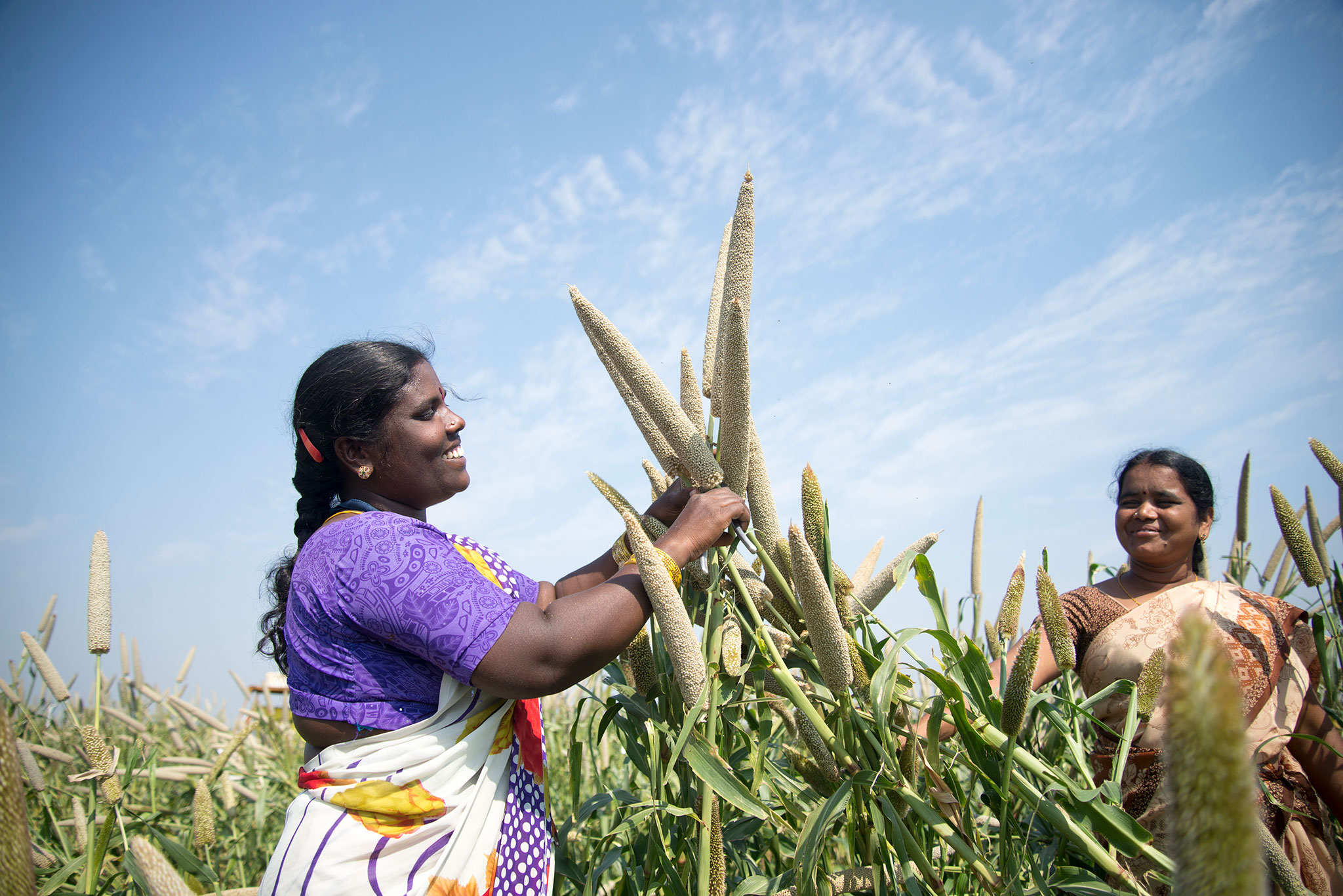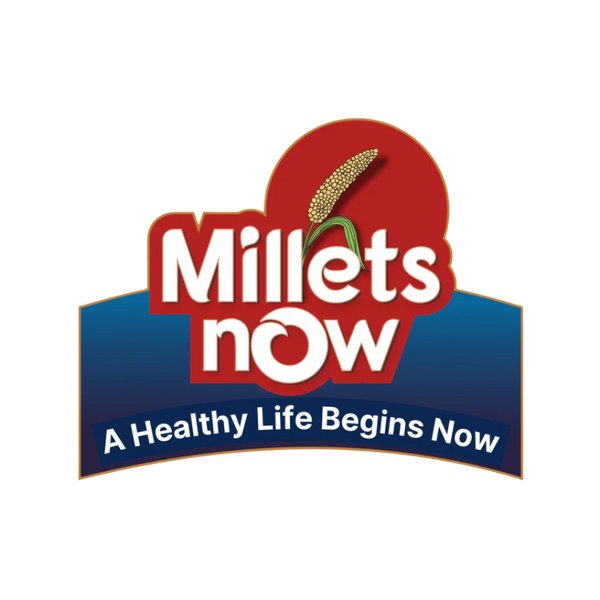From Grains to Gains: The Journey of Millets
Millets, once considered the poor man’s grain, are now celebrated as the smart food of the 21st century. These small-seeded grains are packed with nutrition, climate resilience, and the potential to transform agriculture and health systems alike. From ancient fields to modern superfood aisles, millets are truly moving "from grains to gains."
1. The Heritage of Millets Millets have been cultivated in India for over 5,000 years. They were a staple in Indian diets long before rice and wheat became dominant. Traditional knowledge recognized their ability to withstand drought, grow in poor soils, and provide essential nutrients. However, with the Green Revolution, millets saw a decline in production and consumption.
2. Nutritional Powerhouses Millets like foxtail, barnyard, finger millet (ragi), pearl millet (bajra), and little millet are rich in:
-
Dietary fiber
-
Protein
-
Micronutrients (calcium, iron, magnesium, zinc)
-
Antioxidants
-
B-vitamins
This makes them ideal for tackling malnutrition, diabetes, and other lifestyle disorders. For example, ragi contains three times more calcium than milk, and bajra is a rich source of iron.
3. Climate Smart Crops Millets are inherently resilient:
-
Require 70% less water than rice
-
Thrive in rainfed and marginal environments
-
Short crop cycles (60–90 days)
-
Naturally pest-resistant
As climate change poses a threat to global food security, millets offer an adaptive solution for sustainable agriculture.
4. The Return of Millets: Global and Indian Efforts Recognizing their benefits, the Indian government declared 2018 as the "National Year of Millets" and led a successful proposal at the UN to declare 2023 as the "International Year of Millets." India is the largest producer of millets globally, with key states including Rajasthan, Maharashtra, Karnataka, and Andhra Pradesh. Initiatives to promote millets include:
-
Integrating millets in mid-day meal schemes
-
Millet-based startups
-
Government millet missions
5. Millet-Based Products: From Farm to Fork Millets have evolved from grains to gourmet:
-
Traditional Dishes: Ragi mudde, bajra roti, sama rice khichdi, millet pongal
-
Modern Innovations: Millet cookies, noodles, breakfast cereals, energy bars, laddoos, and millet-based beverages
These products cater to health-conscious consumers and are now widely available in urban markets and e-commerce platforms.
6. Economic Empowerment and Livelihoods Millet farming provides economic gains to small and marginal farmers due to:
-
Low input costs
-
Stable yields in tough climates
-
Increased demand in urban markets
Women's self-help groups and FPOs are actively involved in millet processing and value addition, driving rural entrepreneurship.
7. Millets in Public Health and Policy Millets play a crucial role in addressing:
-
Childhood malnutrition
-
Iron-deficiency anemia
-
Non-communicable diseases like diabetes and obesity
They are being integrated into public distribution systems (PDS), Anganwadi meals, and nutrition programs.

